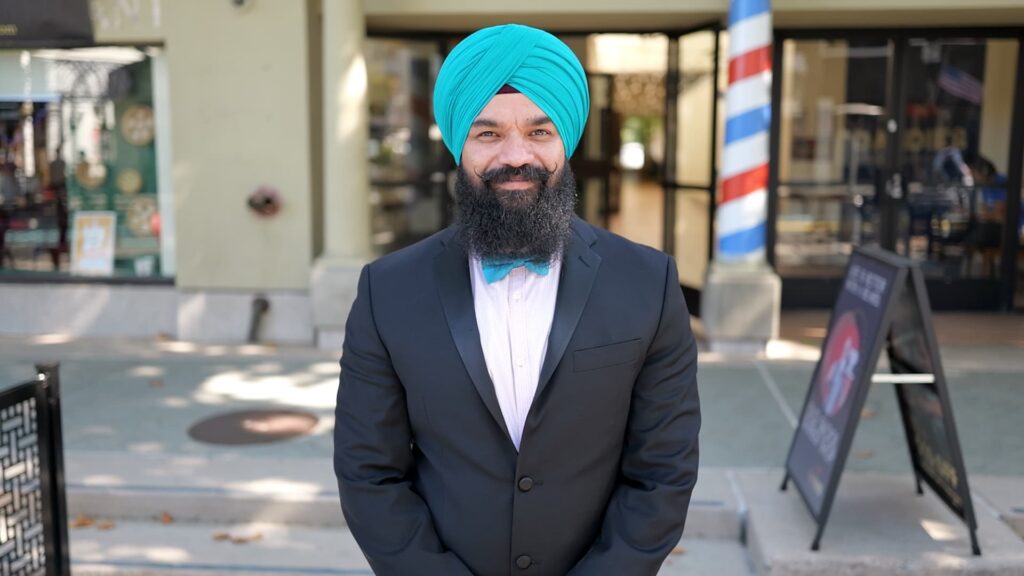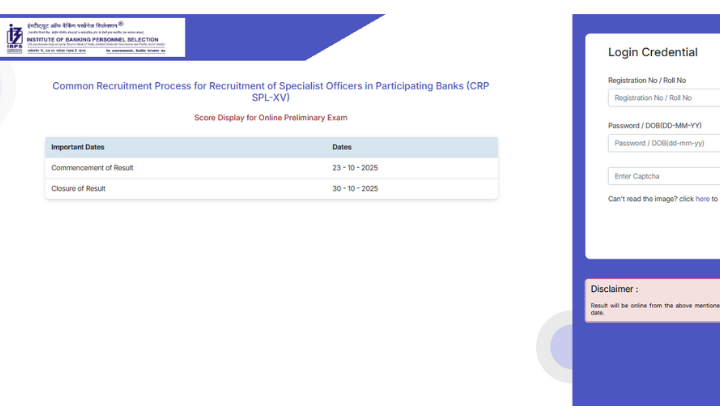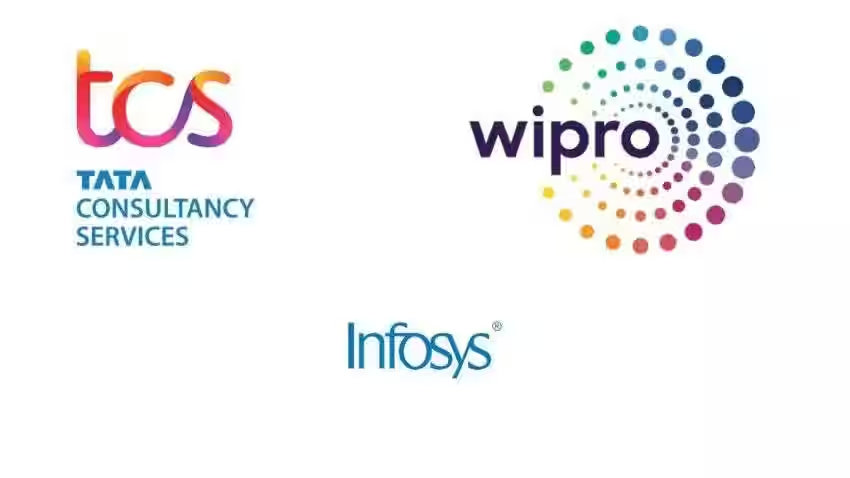Now Reading: Seoul Tops Global Student City Rankings, But Indian Cities Make Their Mark Too
-
01
Seoul Tops Global Student City Rankings, But Indian Cities Make Their Mark Too
Seoul Tops Global Student City Rankings, But Indian Cities Make Their Mark Too

South Korea’s capital Seoul has been named the world’s most student-friendly city in the latest QS Best Student Cities Rankings. While it grabbed the top spot globally, several Indian cities also made it to the list—reflecting a steady rise in India’s educational reputation. For students and families in Tier 2 cities, this ranking brings both perspective and pride as more homegrown cities gain international academic recognition.
What the Rankings Say
The QS rankings evaluate cities on key parameters like affordability, quality of education, employment opportunities, diversity, and student feedback. Seoul emerged as the overall leader, followed by cities like Munich, Zurich, and Melbourne.
However, India’s presence in the list—though not in the top tier—signals improving conditions for both domestic and international students in the country.
Indian Cities That Featured
Mumbai, Delhi, Bangalore, Chennai, and Ahmedabad secured spots in the rankings, though at lower positions. These cities were recognised for their improving academic infrastructure, availability of reputed universities, and growing student communities.
Mumbai and Delhi stood out for cultural exposure and industry access, while Bangalore gained points for its strong tech ecosystem. Ahmedabad and Chennai also scored on affordability and education quality, attracting students from across India.
Why This Matters for Tier 2 Cities
For students in Tier 2 cities like Nagpur, Bhopal, Coimbatore, or Indore, these rankings offer an aspirational path without the need to look abroad. The idea that cities within India can offer globally recognised academic experiences is encouraging—especially as more institutions expand to smaller cities.
It also opens doors for future investments in education hubs beyond the metros, benefiting students who want access to quality learning closer to home.
The Bigger Picture
India is steadily investing in higher education through schemes like the National Education Policy (NEP), university collaborations, and digital learning platforms. While challenges remain—like infrastructure gaps and faculty shortages—the overall trend is moving in the right direction.
If this momentum continues, more Indian cities could climb higher in such rankings in the coming years.
Conclusion
While Seoul may be leading the global student city race, Indian cities are not far behind in making their presence felt. For students in India, especially in Tier 2 cities, this recognition is a reminder that world-class education doesn’t always require a passport. With continued progress and focus, Indian cities can offer both quality and opportunity right at home.
























